Today’s Setouchi Triennale 2013 artwork brings us to Hitoyama, small village located in a small valley in the heart of Shōdoshima. Actually, when you’re there, you almost forget you are on an island, the place being surrounded by hills and mountains. I’d like to take the time to visit the area more and get to know it better one day, as it’s one of these places that really gives you hope in mankind again when you stop for a little while and chat with the locals.
This time again, as we were just finished visiting Nobuho Nagasawa‘s Cradle of the Sea (うみのうつわ) and as we were heading to the next work, a man riding his bicycle came to us and took upon himself to guide us to our next destination, telling us many things about the area in the process (unfortunately, I didn’t understand much and 康代 couldn’t always translate everything). After wishing us the best for the rest of our trip, he left, but came back a few minutes later to give us a dozen or so oranges from his garden. This type of present is usually reserved for pilgrims.
This is rural Japan for you. This Japan far from all the clichés and where human relations are much warmer and better than in big cities and in many other countries. Unfortunately, it is this Japan that is dying out. This Japan that the Setouchi Triennale is trying to save, at least a little.
But let’s rewind a little, right before this encounter that is to my eyes one of the reasons I love this Festival so much. So, let’s rewind to the artwork, Cradle of the Sea.
My very first feeling arriving there was a flashback two and a half years before, as I hadn’t been back to Hitoyama since and that the artwork was located in the same old granary as Giant in our Minds in 2010. Actually, even if most of that work is gone, the “coating” on the walls has remained untouched. It didn’t really matter as Cradle of the Sea is to be visited in the almost complete darkness.
When you enter in the large room, you’re suddenly in pitch black. Well, almost. There’s a small light in one corner, so naturally you are drawn to it. Getting closer one discovers a small boat (about 50cm long if I recall correctly) made of fiber optics and that shines through the darkness.
Even though the light emitted from the boat was somewhat faint, it appeared very bright in the surrounding darkness. Soon, one notices that it changes a little, gets stronger or weaker, reminding the visitor of the rolling of a boat, at night, in the sea.
The feeling one gets from this artwork is a bit strange. This is indeed a beautiful object, but it is so small in such a large room. Sure, as I previously mentioned, it makes us think of a small boat, at night, lost in the middle of the sea, but still, something didn’t feel right because of the chosen scale.
However, the installation doesn’t stop there. Next, we headed to a room next door, as dark as the first one but much smaller.
Inside, a faint blue light coming from a few fiber optics hanging from the ceiling here and there.
On the walls, one can guess a few technical drawings of a boat, very similar to the small one that we just saw, except that this type the scale is much larger, probably life-size. One detail, the drawings are incomplete, unfinished, and yet, they are shown to the visitors.
This is when one starts to understand (with the help of the volunteer who is there). The work itself is unfinished. Well, “unfinished” may not be the appropriate term. Rather, Cradle of the Sea is an evolving artwork. It is being created as the Triennale goes all year long.
During the Spring session, the work is just born, the boat very small. Soon, it will grow. When? In Summer? Fall? I don’t know. How is it going to evolve? I know the scale of the work will change, but that’s pretty much it. What size is it going to be? The size of a real boat this type? Or even larger to occupy the entire space of the granary? No idea.
We’ll see.
So, this post is to be continued…
Access:
Cradle of the Sea is open every day from 9.30am to 5.00pm. Entrance fee is 300 yen (first entrance is free during the Setouchi Triennale sessions for Art Passport holders).
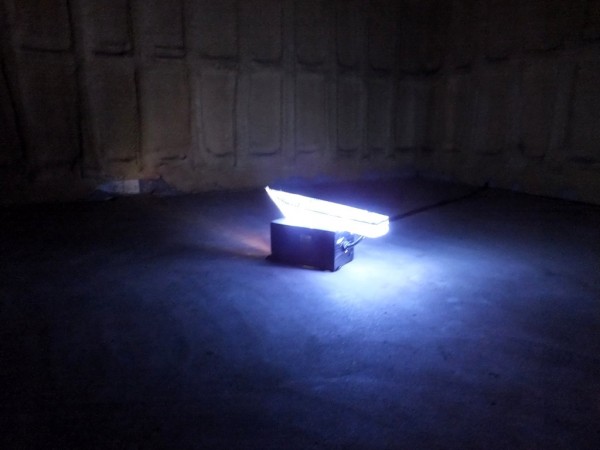
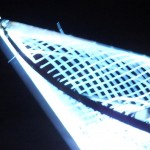
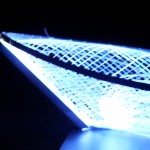
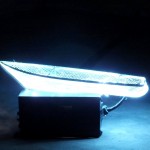
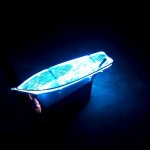
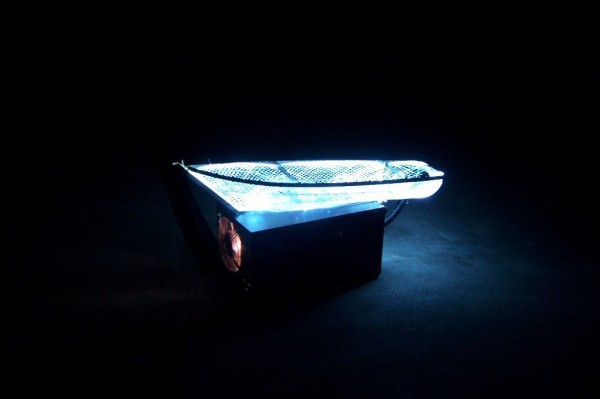
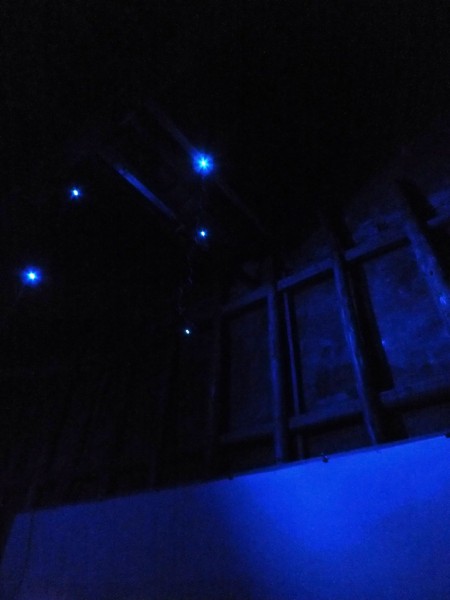
That looks really cool and interesting. Can’t wait to hear the follow up. Only a month and change till the summer edition starts. You always make me jealous. My Setouchi report (albeit quite long at the moment) should end just before the summer edition gets underway.
Tell me about it. I was hoping to get at least a bunch of my Setouchi reports published by July. I’ve been so busy (and so tired in the evenings) that I published how many??? Four? Five? I have about 60 in stock!!!